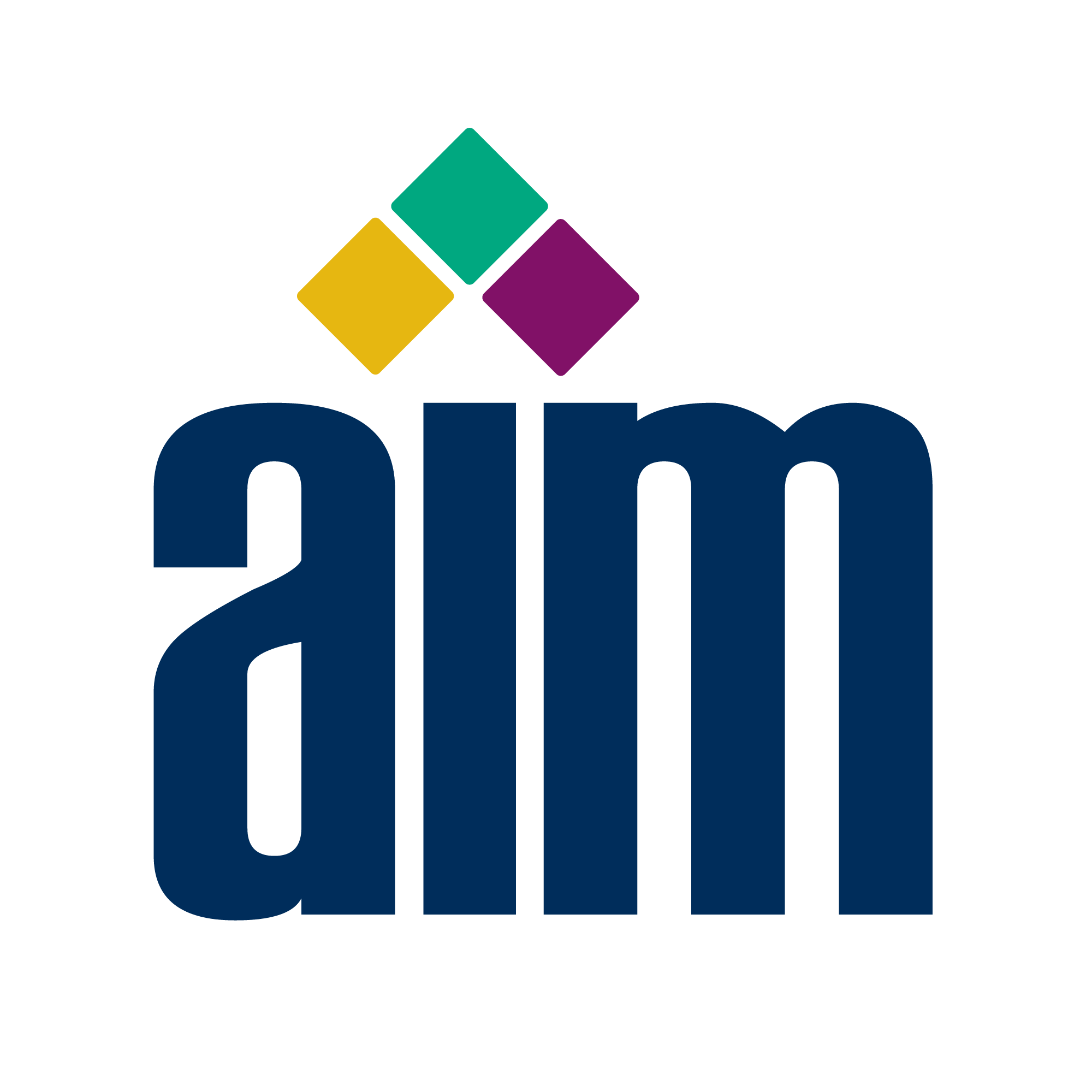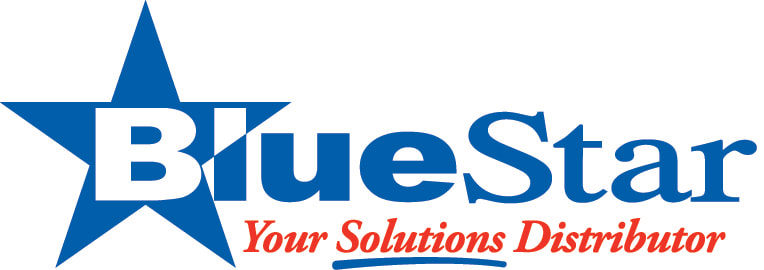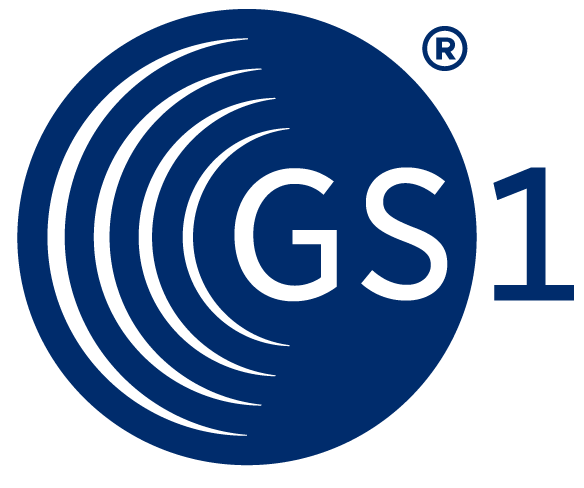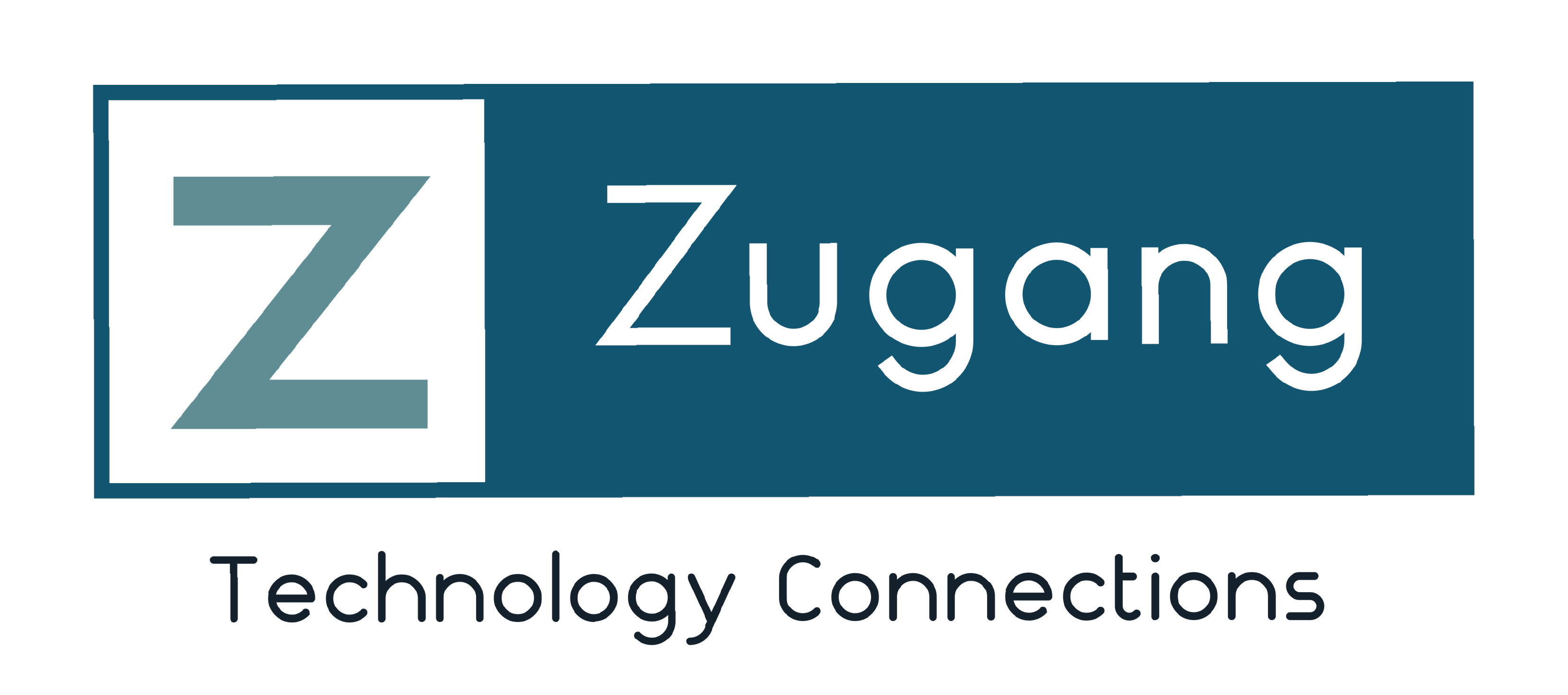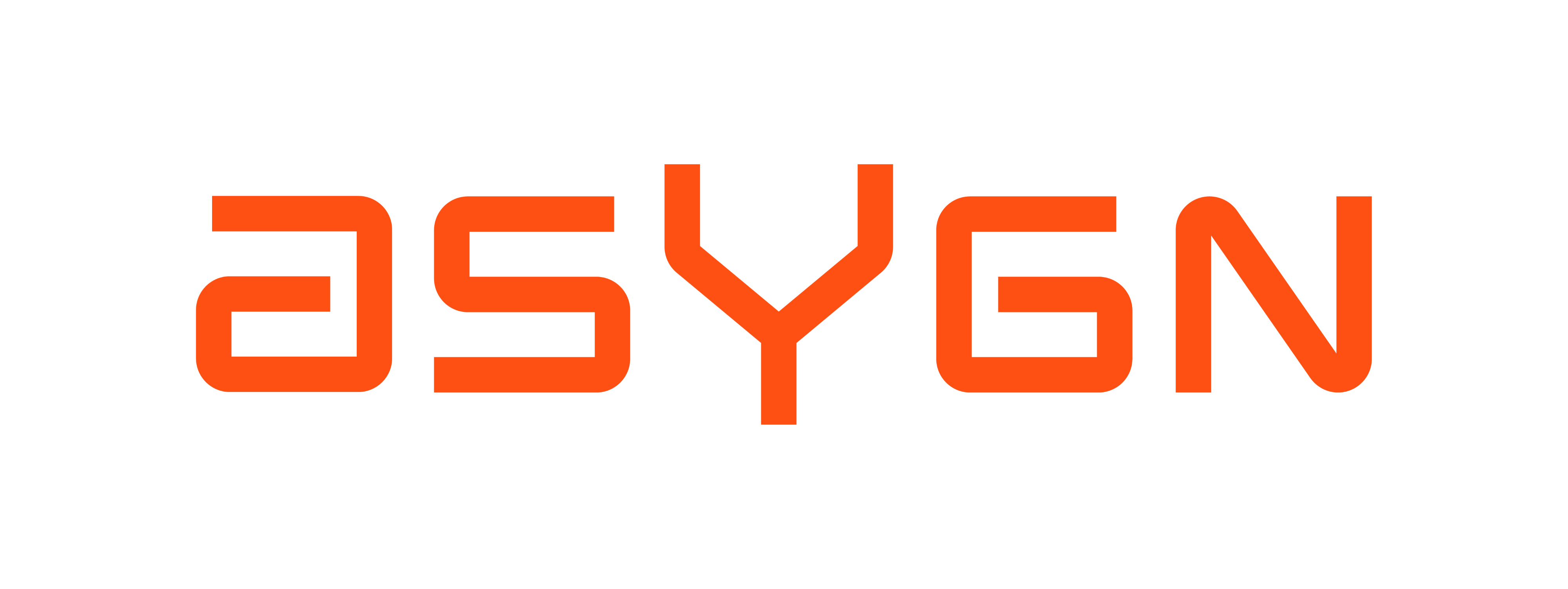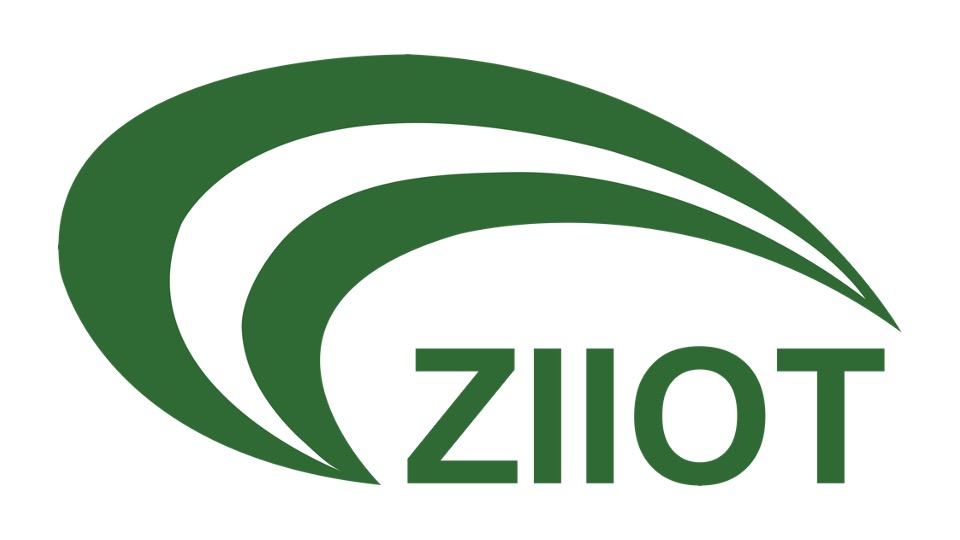2024 AIM Outlook and Predictions
Nearly two dozen of the most respected thought leaders in the industry offer their predictions on what’s in store for 2024.
As you read through the following commentaries, you’ll note that, of course, the current economic situation is addressed by the majority of our thought leader contributors. However, while most mentioned this factor, they also offered their own insights on how the industry can work together to move past these trying times.
